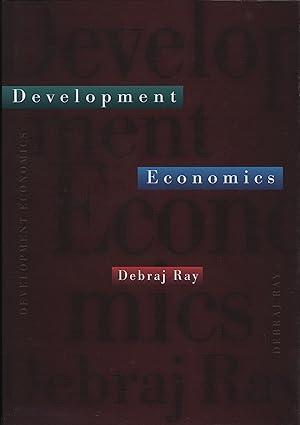This problem explores the way in which a shortage of food might act as a constraint to
Question:
This problem explores the way in which a shortage of food might act as a constraint to industrial employment and how the situation is affected by the presence of inequality. Suppose that an unemployed person who is not doing strenuous productive work requires 100 kilograms of wheat per year to survive. Suppose, further, that an employed low-income individual requires 200 kilograms to survive and carry out productive activity. Finally, suppose that a rich person consumes 250 kilograms of wheat per year, either directly or indirectly. And suppose that these demands are completely inelastic. Consider an economy that produces 1 million kilograms of wheat per year and has only the three types of people discussed above. Suppose that 5,000 people live in this economy.
(a) If n (between 0 and 5,000) is the number of rich persons, find a formula for the minimum number of people in this economy that must be unemployed. Describe the way in which this number varies with n in the formula and give a verbal explanation for this variation.
(b) Suppose that the government of this country tries out a remedy of hiring unemployed people by a system of deficit financing. We already know from the calculations above that the number of unemployed people cannot be reduced beyond a certain limit. Try to describe the mechanisms that will bring the economy back to its original number of employed people.
(c) Are there particular government policies that might bring down the unemployment rate?
Step by Step Answer:






